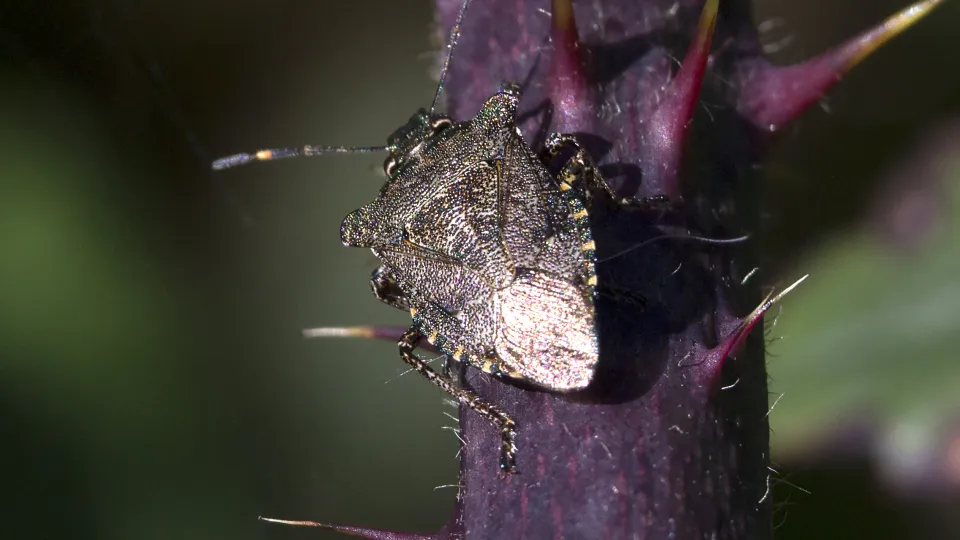
Bronze shieldbug
Unlike many of its relatives, this shimmering shieldbug is a predator, feasting on caterpillars and a variety of other insects.

Unlike many of its relatives, this shimmering shieldbug is a predator, feasting on caterpillars and a variety of other insects.
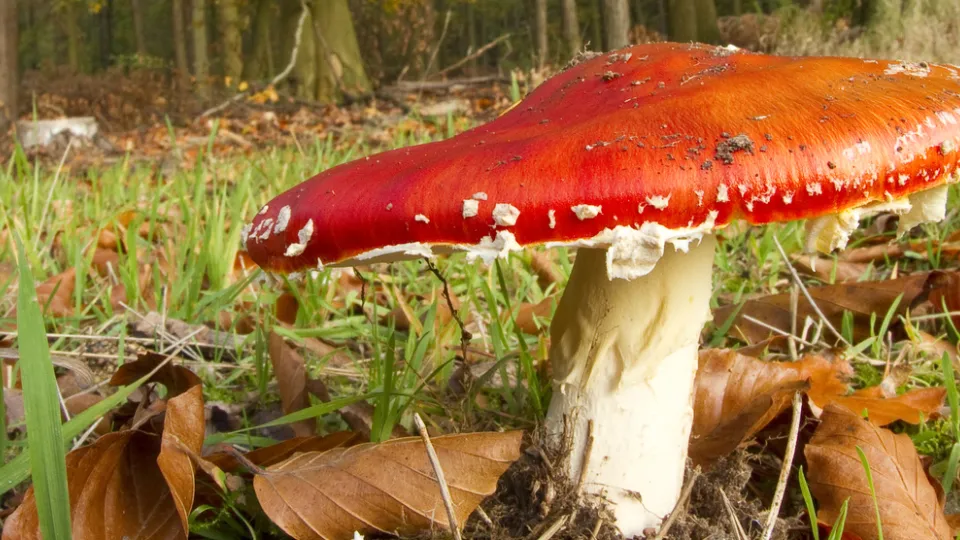
The classic fairy tale toadstool, this red and white fungus is often found beneath birch trees in autumn.
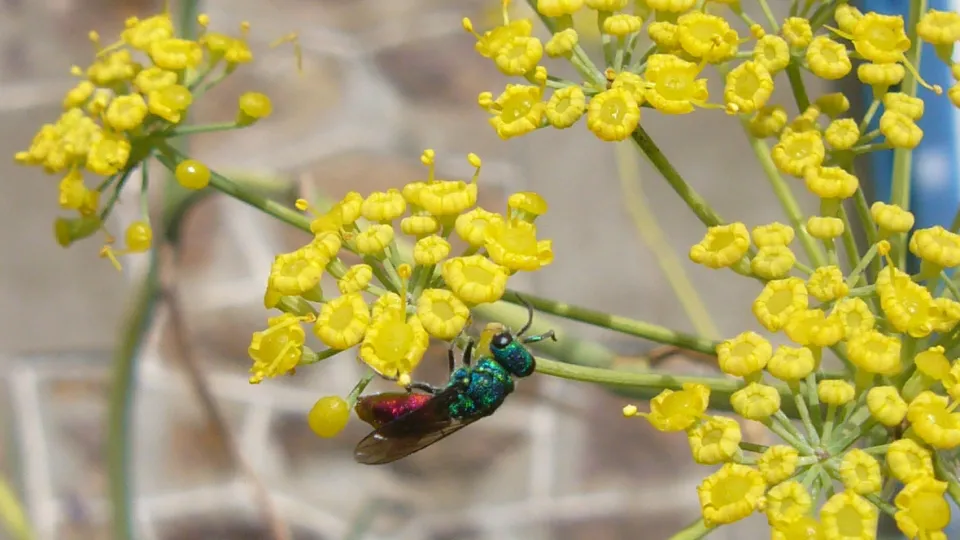
If seen up close, the glittering Ruby-tailed wasp is, perhaps, one of the UK's most beautiful insects. A solitary wasp, it can be found in sandy and rocky habitats like quarries, outcrops and walls.
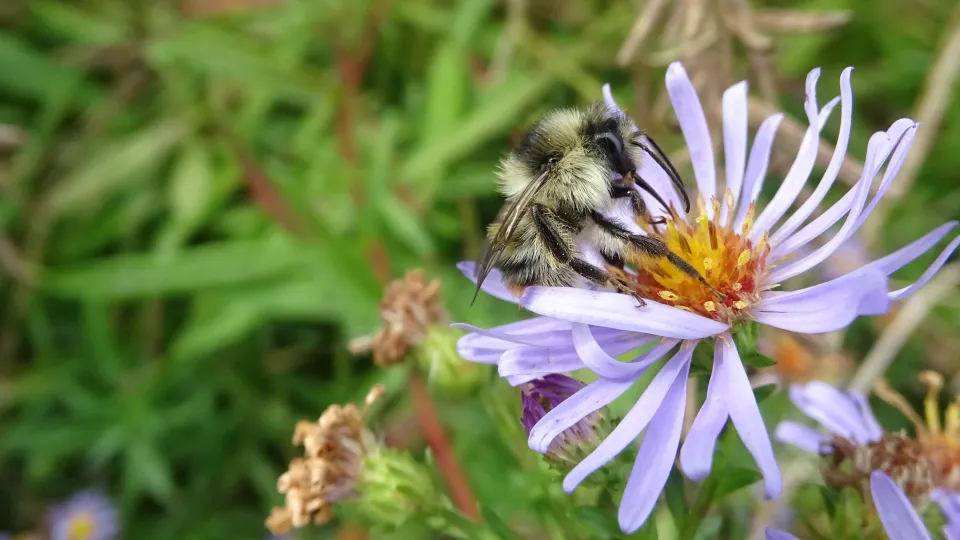
The shrill carder bee can be spotted flying quickly around flowers in unimproved pastures. The queens produce a loud, high-pitched buzz, hence the name. It is declining rapidly and is restricted to just a few locations.
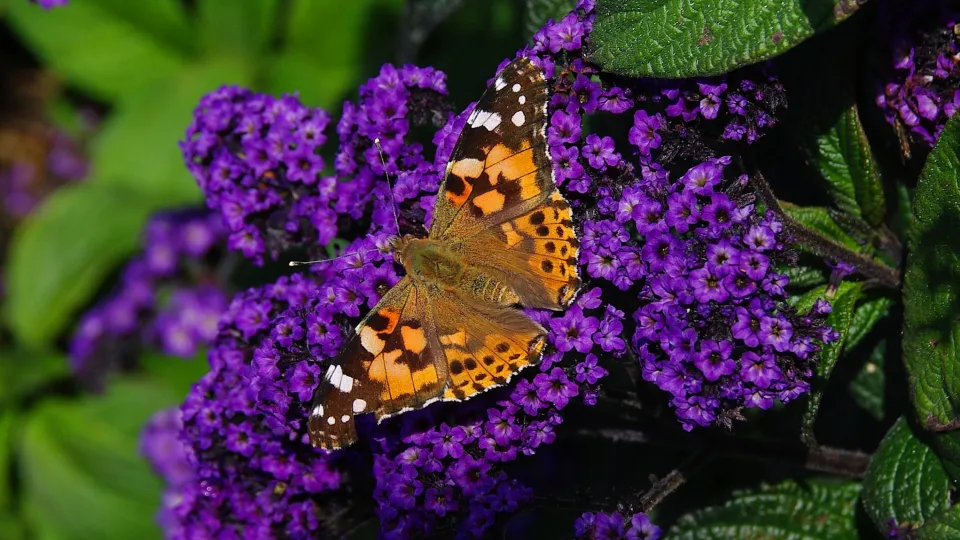
A well-travelled migrant, the painted lady arrives here every summer from Europe and Africa. This beautiful orange-and-black butterfly regularly visits gardens.
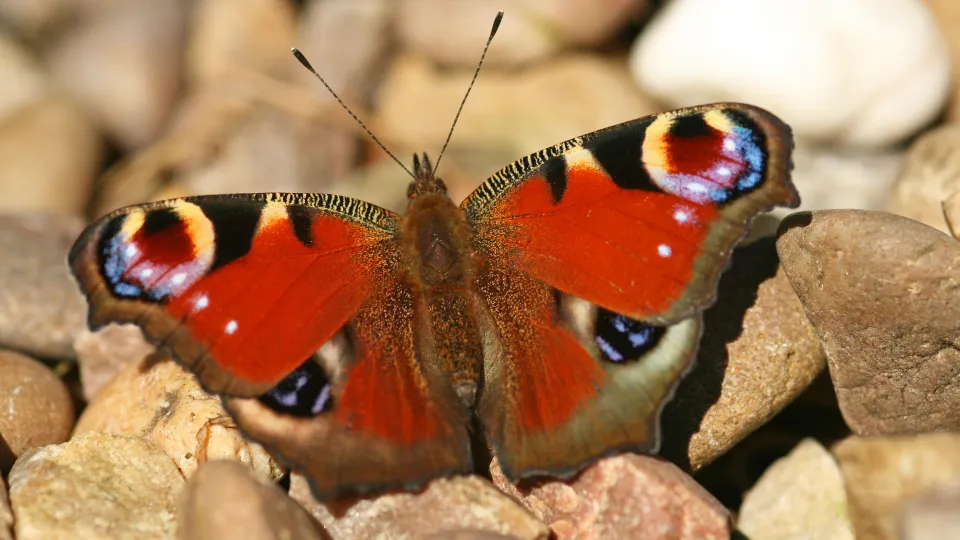
The markings of the peacock are unmistakeable - big, blue 'eyes' just like a peacock's tail feathers. It can be seen feeding on flowers all year-round during warm spells, and overwinters as an adult.
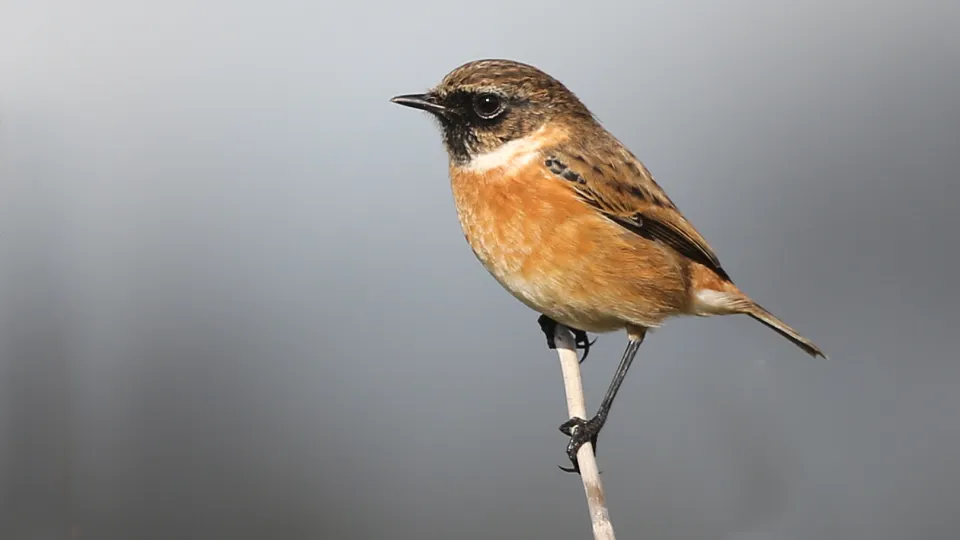
The stonechat is named for its call, which sounds just like two small stones being hit together! It can be seen on heathland and boggy habitats.
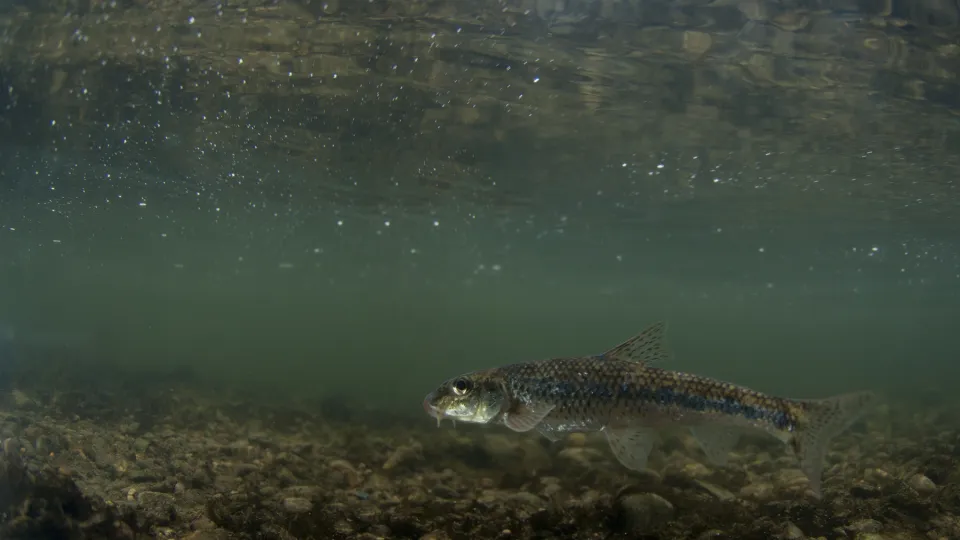
The gudgeon is a bottom-dwelling fish, similar to the stone loach, but with only two whisker-like barbels near its mouth. These sensory organs help it to find its prey in the sand and gravel of the riverbed.
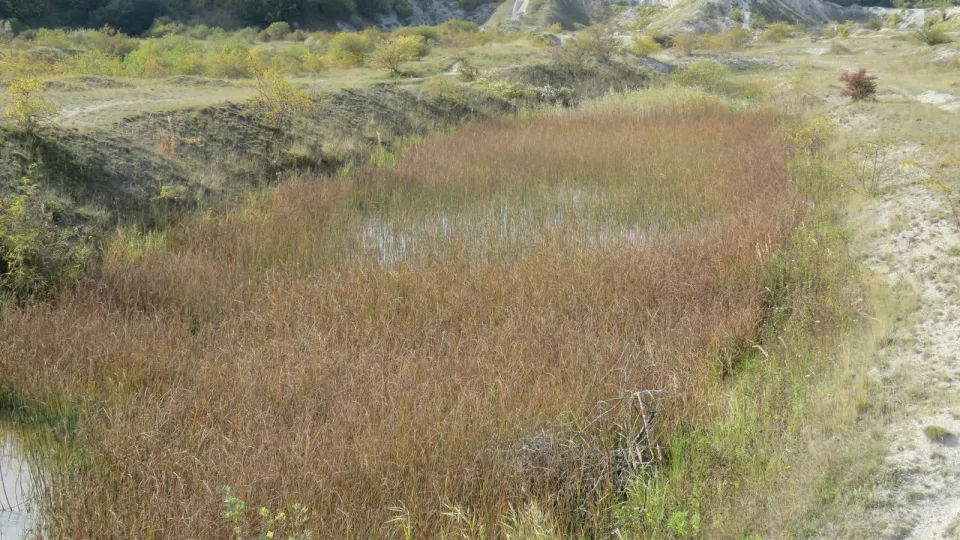
The dark green, straight and spiky stems of common club-rush or 'bulrush' are a familiar wetland sight. They are ideal for weaving and were traditionally used to make baskets, seats and mats.
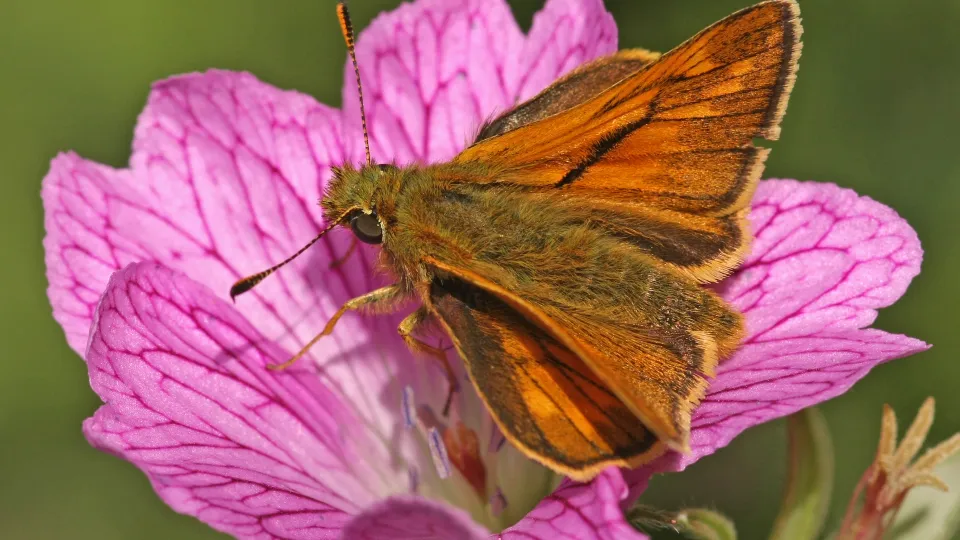
As its name suggests, the large skipper is bigger than the similar-looking small skipper! It can be seen in summer, resting on the long grass of grasslands, woodlands, verges and sand dunes.